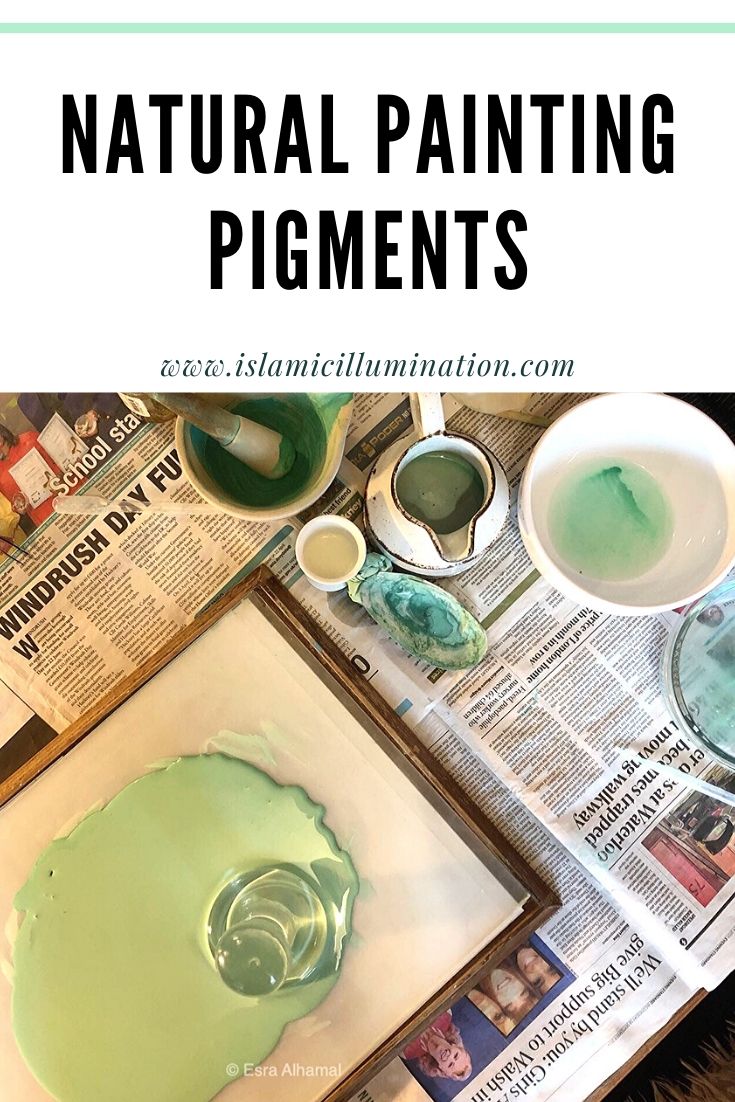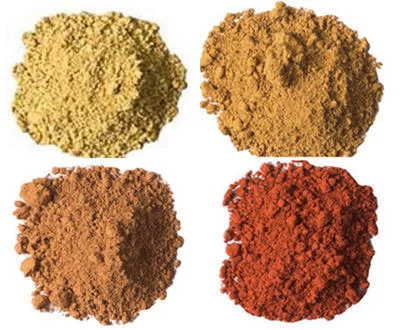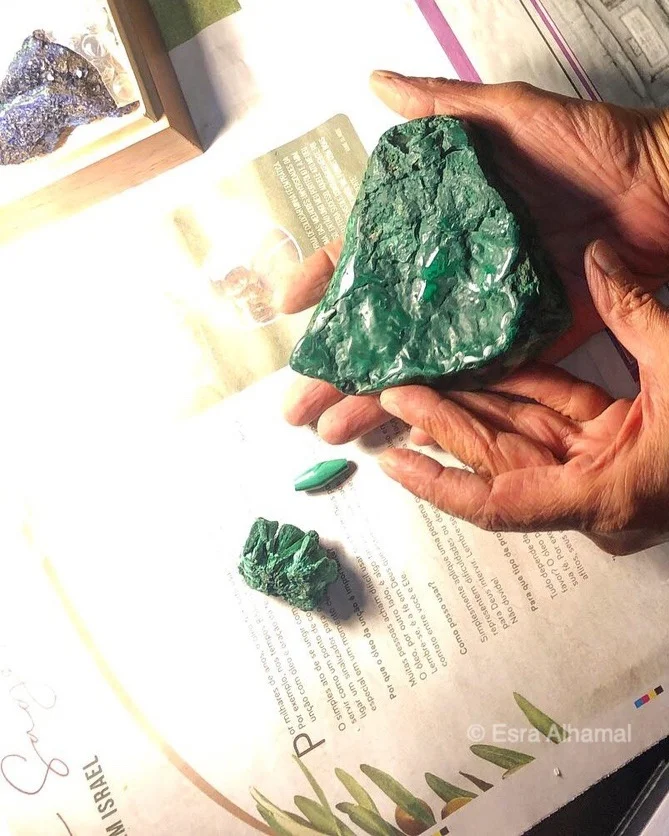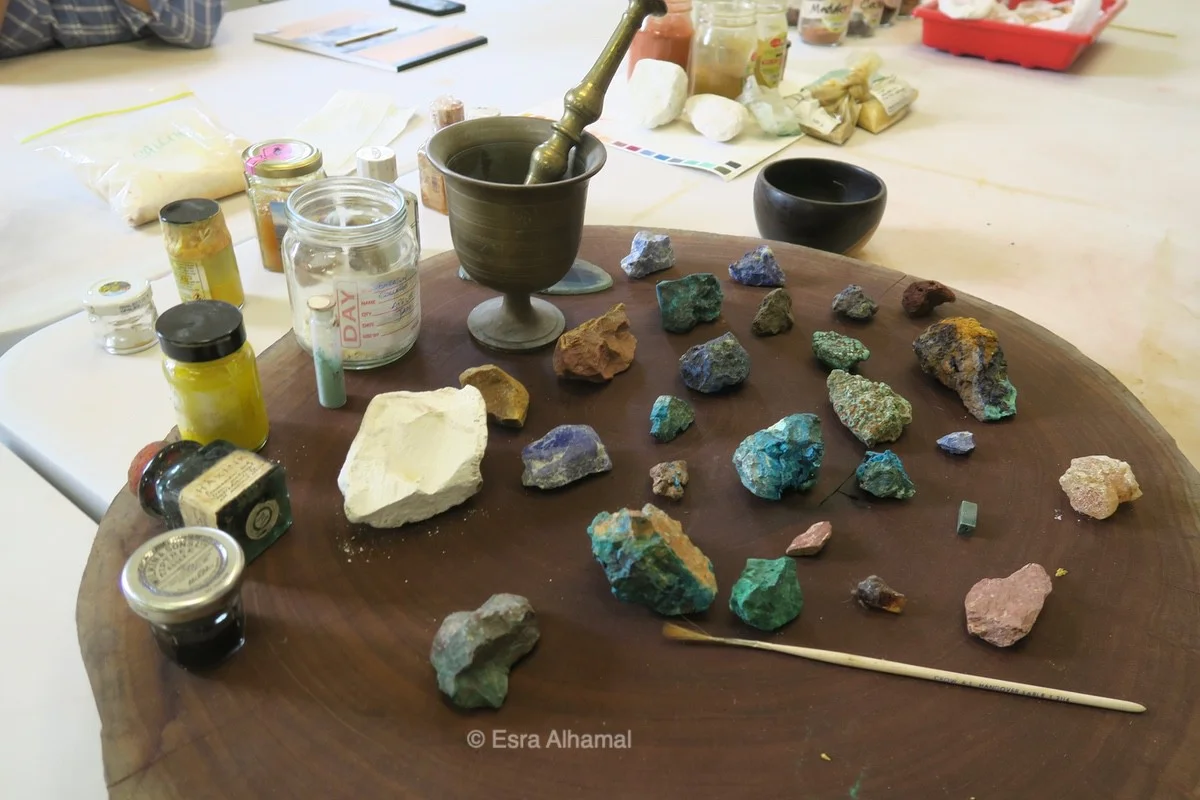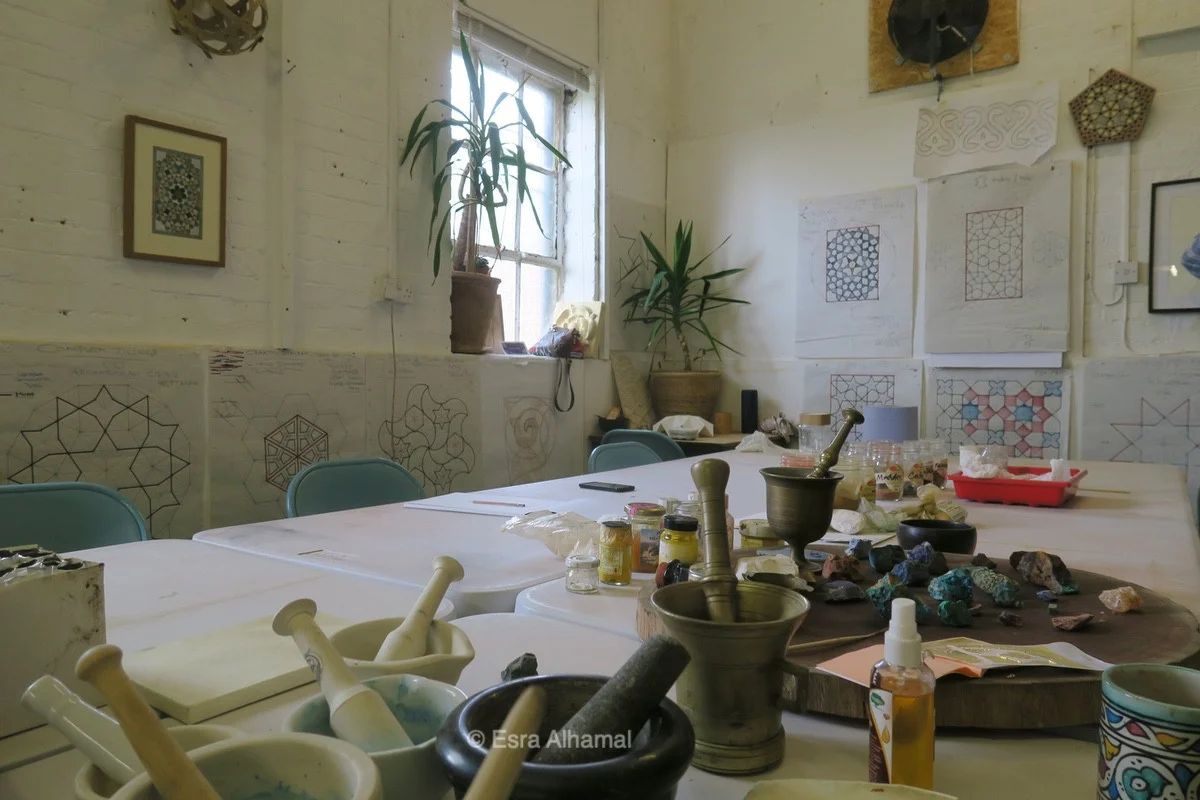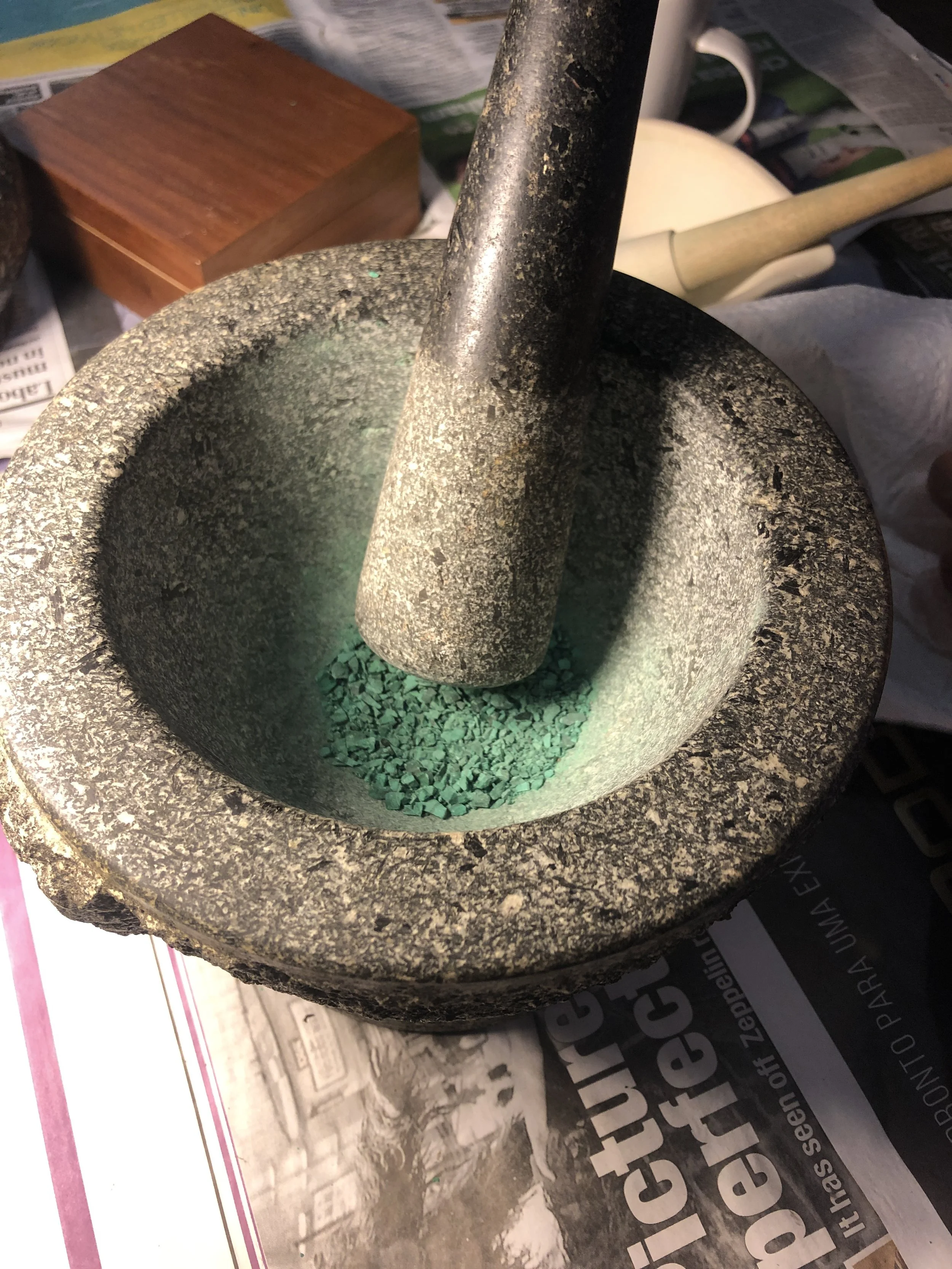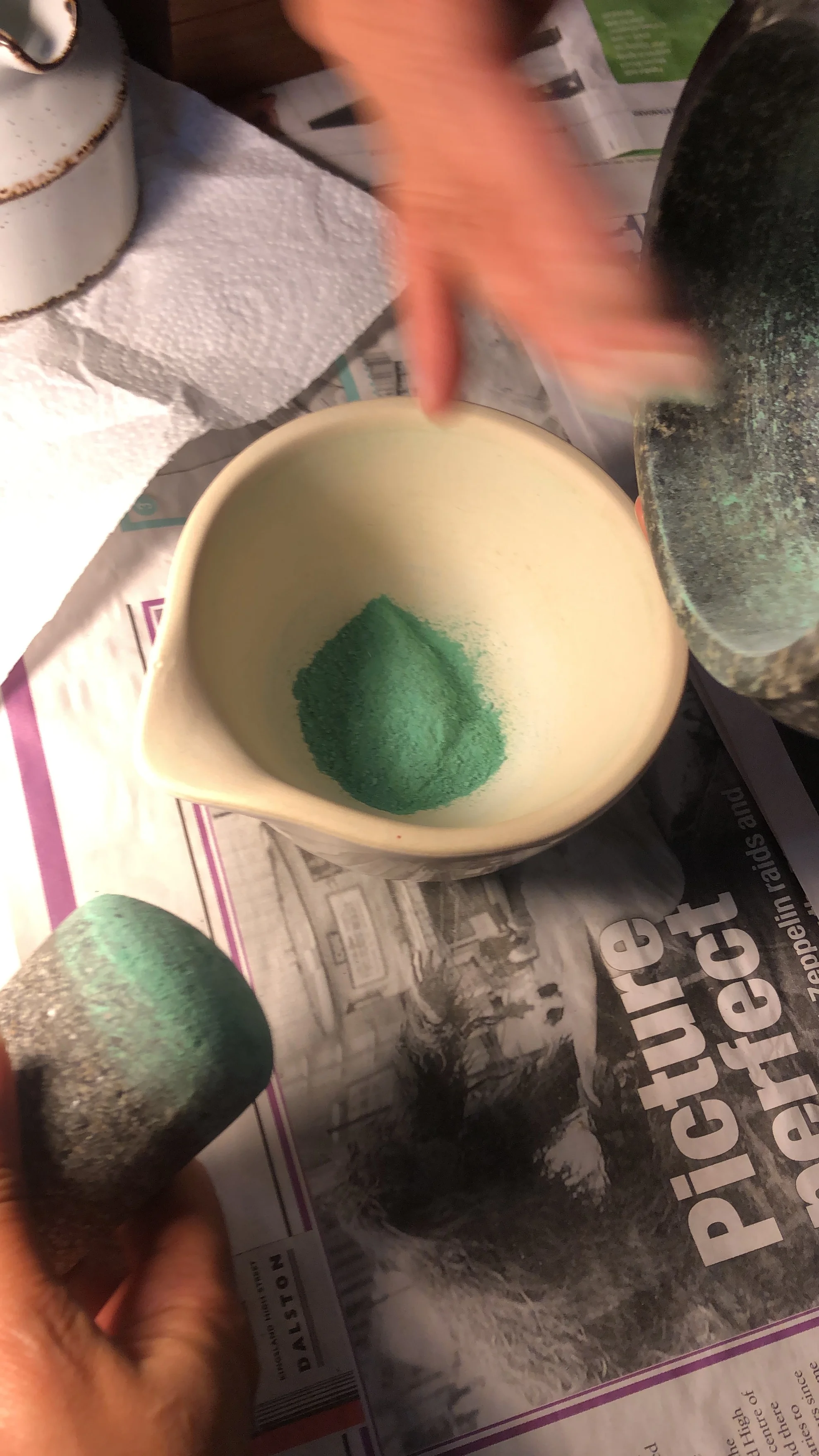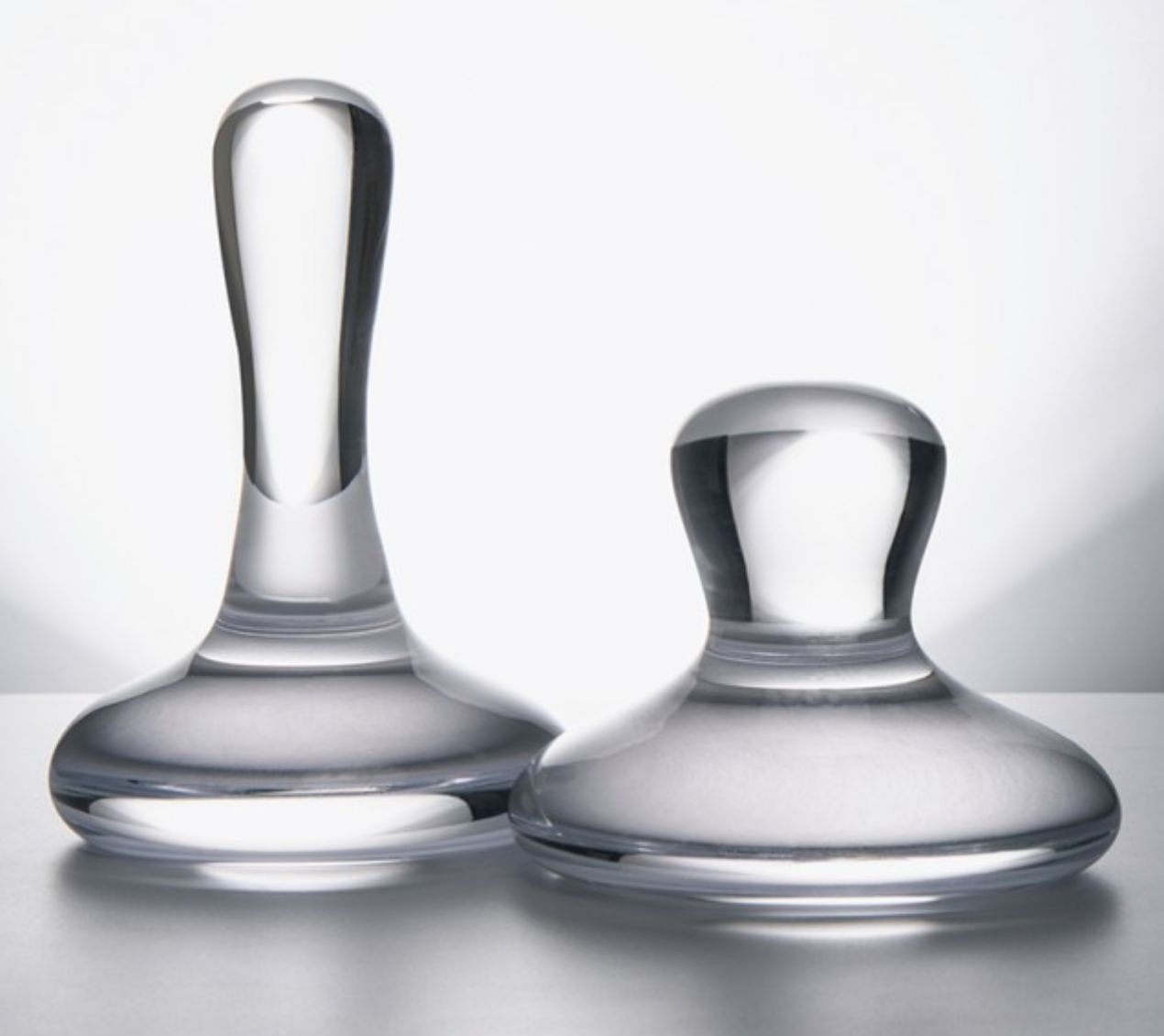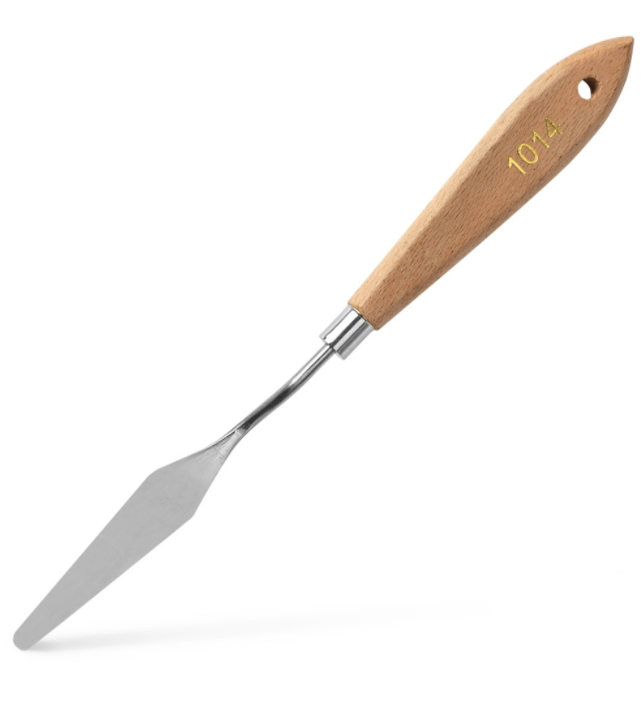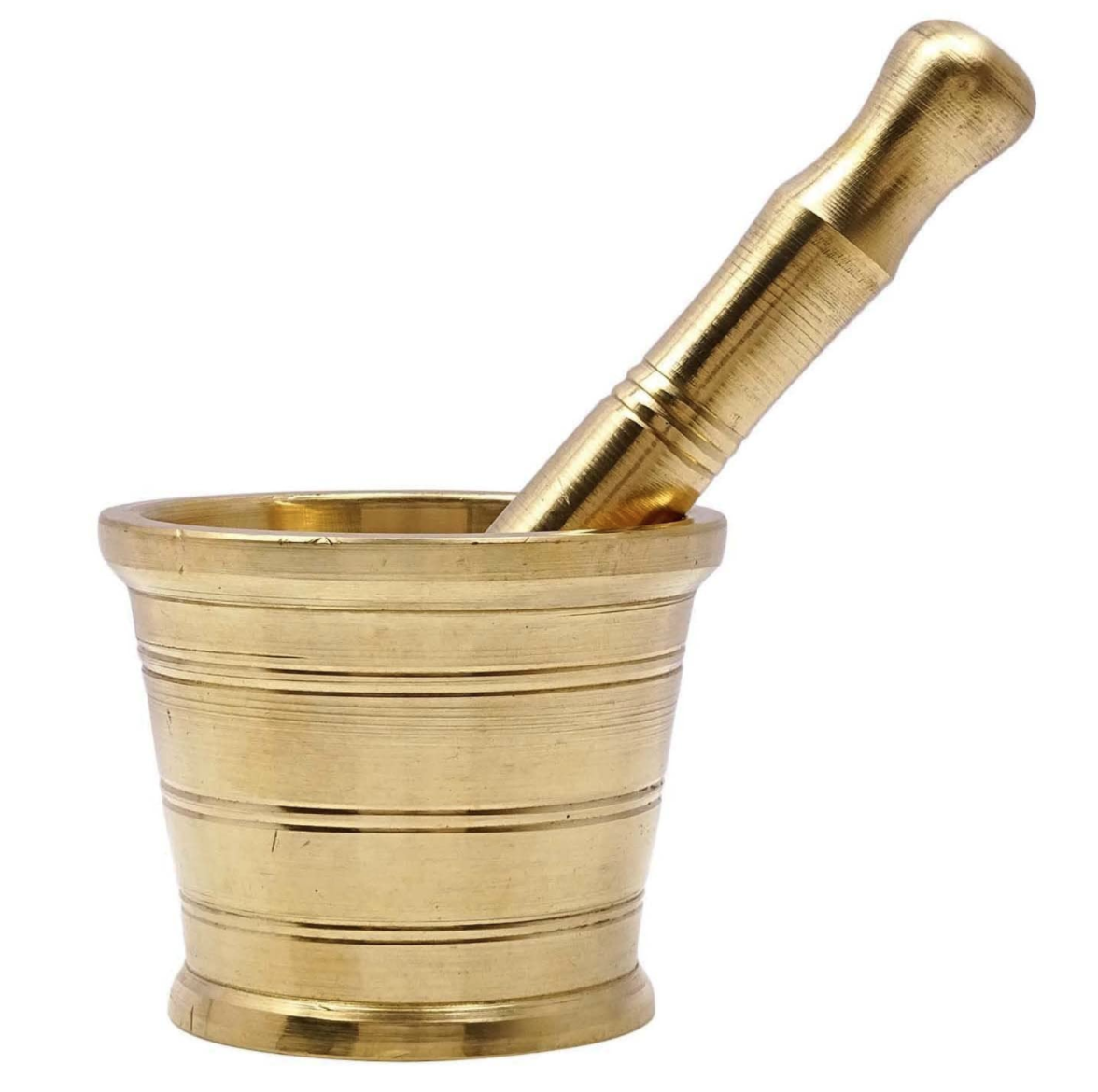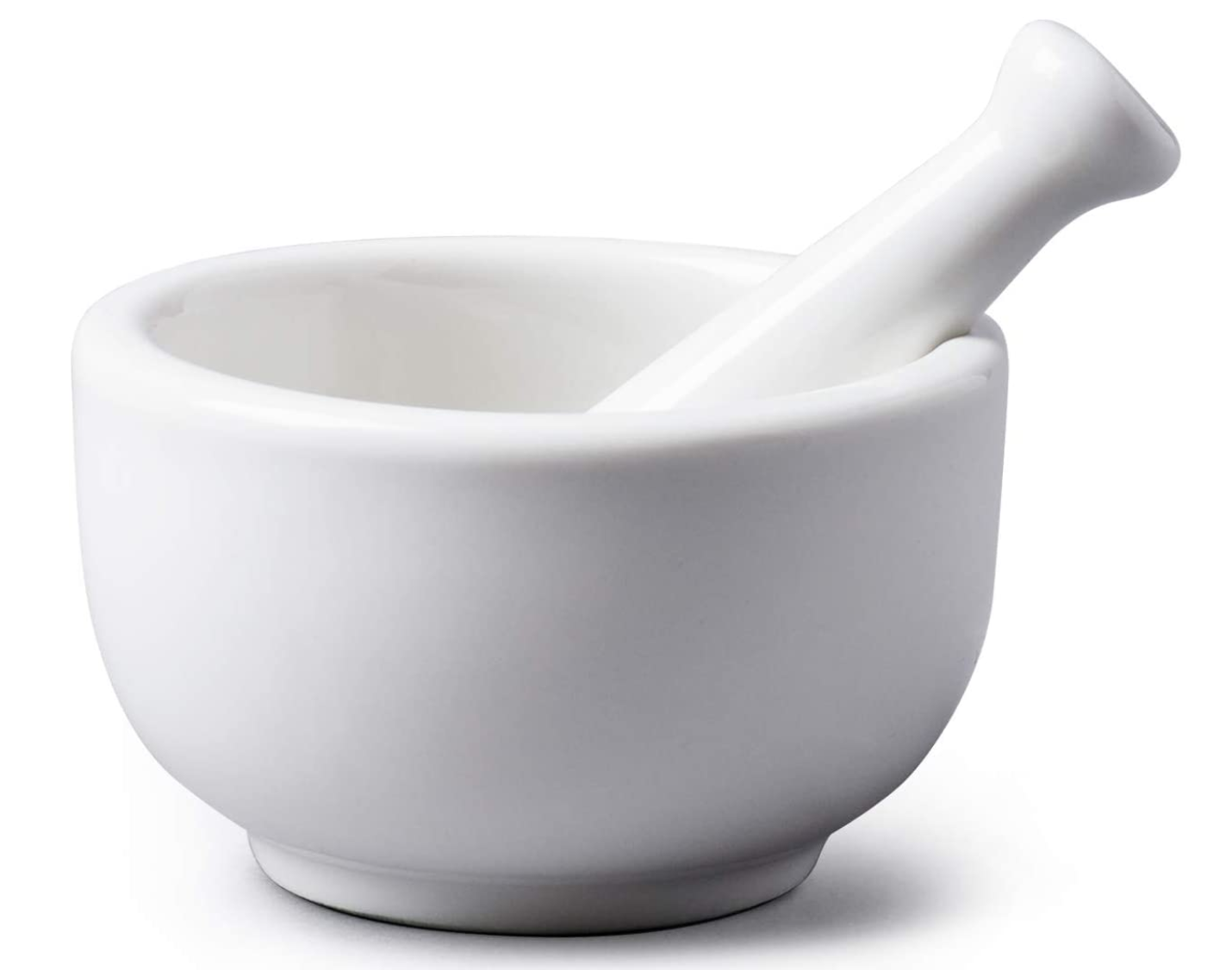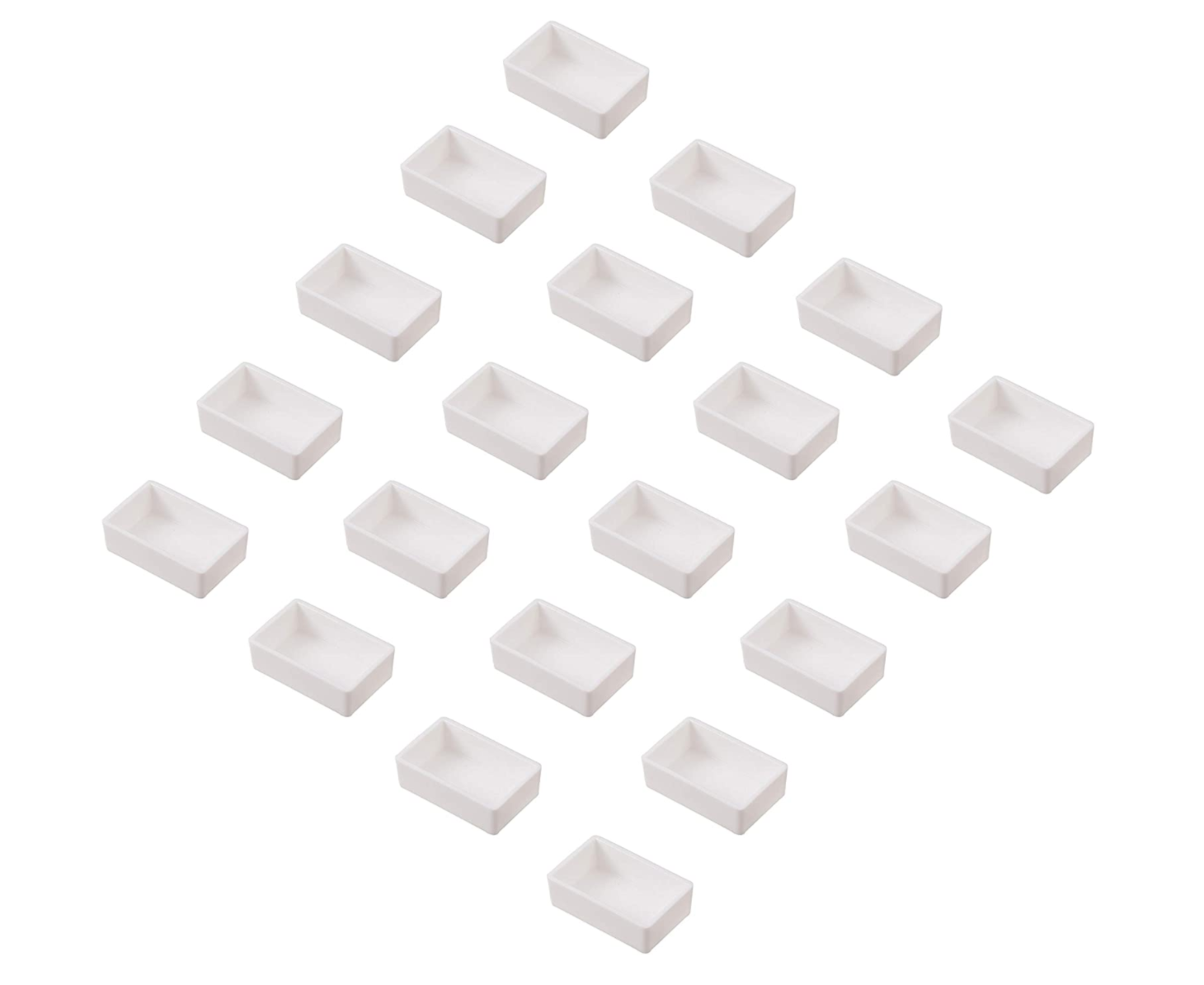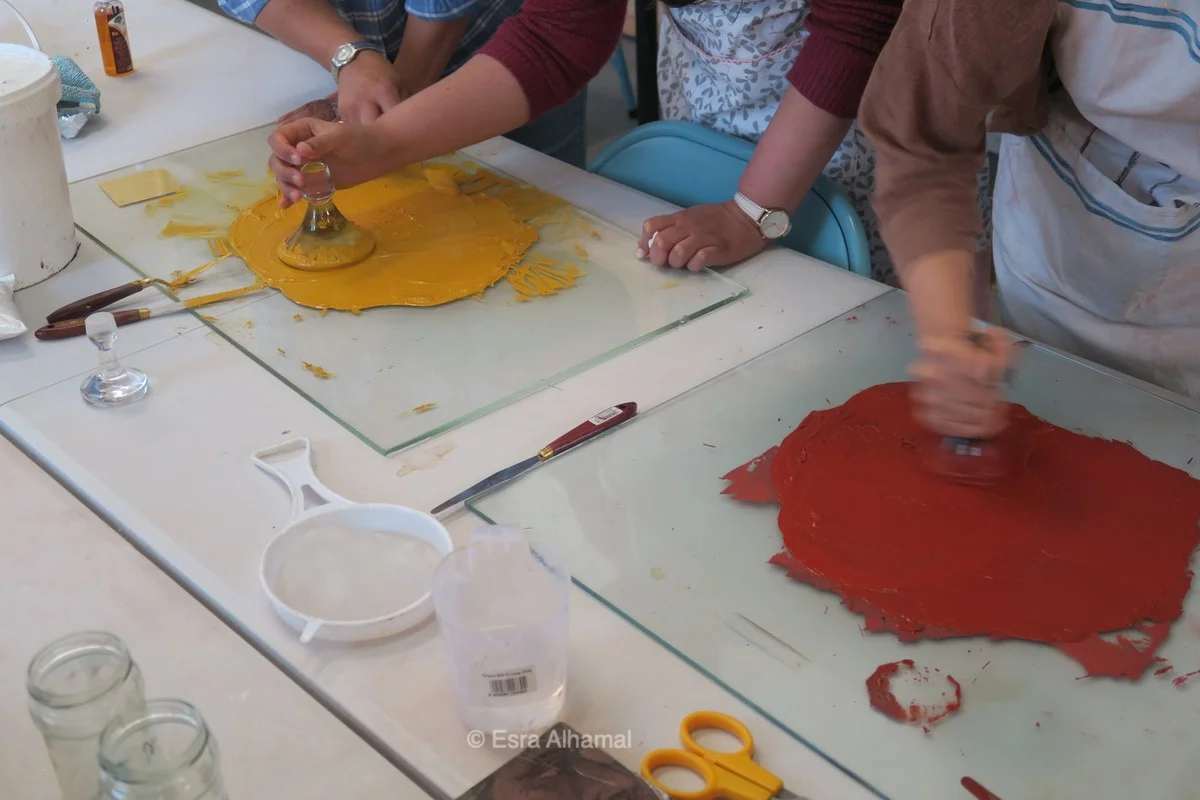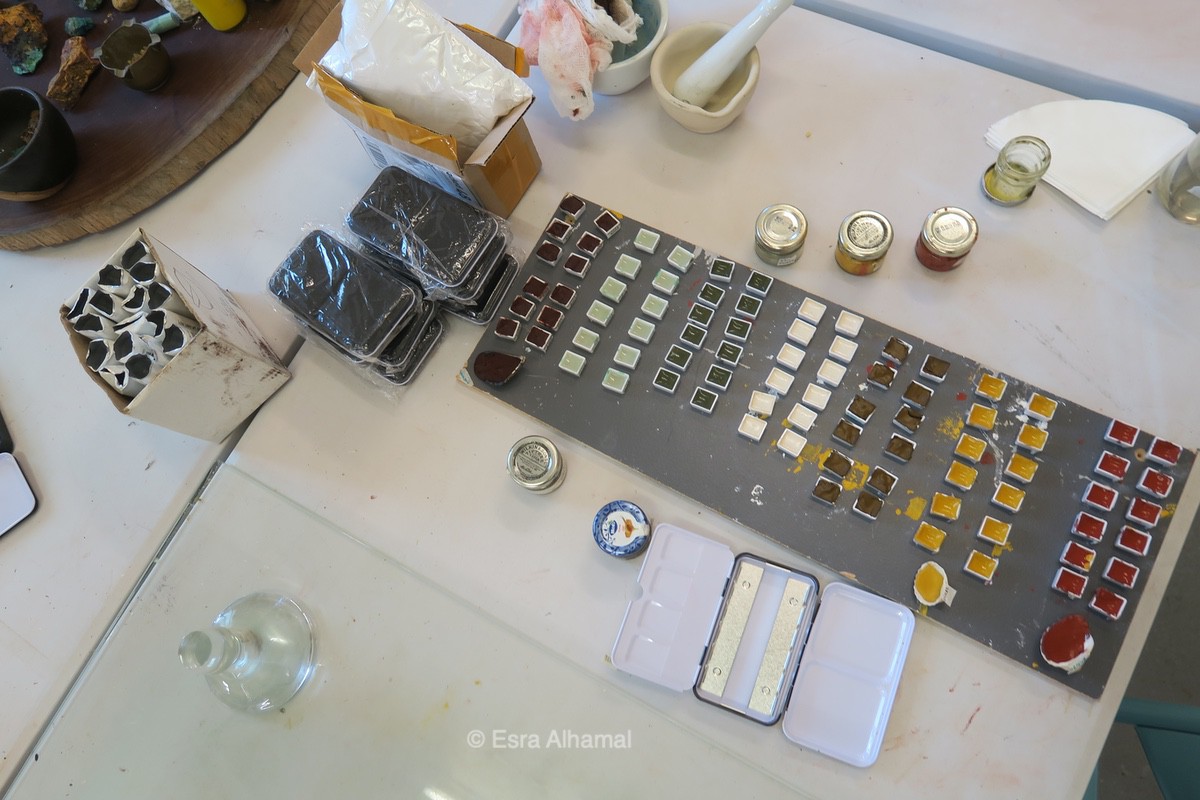Paint Making from Pigments
Natural pigments is a fascinating subject that I started learning about a few years ago when I started painting traditional islamic illumination.
Traditional arts regard handmade paint pigments highly and making your own set is part of your practice.
I have collected a lot of pigment powders across the years from England, Italy and Morocco and for a while I was really unsure what to do with them until I attended a few more classes like the Botanical Indian Miniature , Pigment making class with Art of Islamic Pattern and a mater-class on pigments with Anita Chowdry.
This post will share all the information I learnt from those classes and the readings I have done for my PhD research about patterns and interior design.
This will only give you basic information, but hopefully it will spark your curiosity on the subject so you can have a go yourself and experiment with making your own watercolour and gouache pigments.
Where do pigments come from?
“Paintings were valued because of the materials that they contained. But they were also valued because of the mysterious ways craftsmen could convert raw materials into something with fateful power” (Bucklow, 2009).
As the quote above suggests that pigments come from various materials and some are some precious that they change the value of the paint.
Types of pigments:
There are four types of pigments: earth, mineral, organic and alchemical.
Ochres Source
Earth Pigments
The Earth pigments are the oldest type of pigments and it is found on the surface of the Earth. Those pigments were also used with Fresco painting. When the raw materials is found, it needs to be turned into dye then it gets dried and ground into powder pigments. Earth pigments are known for their coarse quality, which means longer time making into paint.
It is also interesting to note that the native Americans have used the ochres as body paint.
Examples: yellow and red ochre
Malachite
Mineral Pigments
The pigment that is extracted from mineral are usually found below the surface in the form of precious or semi-precious stones. The stones are crushed with a pastel and mortal into a powder and then washed until the pigment is pure. This term is called “elutriation” in the Western world.
Examples: malachite and lapis lazuli
Organic Pigments
This type of pigment comes from plants, animals and insects. A lot of red lipsticks actually contain crushed insects for their beautiful red and magenta colours.
Examples: lake lac or Red lake
Interesting paper to read: The Technology of Red Lake Pigment Manufacture: Study of the Dyestuff Substrate
Alchemical Pigments
This type of pigment refers to the human-made pigments in a chemical process to replace difficult natural materials or to have more verities of colours that can be safer such as lead and mercury free pigments.
Examples: vermilion and synthetic cinnabar
Interesting read: The History of the Color Red: From Ancient Paintings to Louboutin Shoes
Types of paint from pigments:
There are three main types of painting pigments, water, gouache and oil pints. They are start from the same exact powdered pigment, but the making process is what makes each of them difference. The watercolour pigment is the most where gouache paint is opaque, but both are water based. The oil one is more different in terms of preparation, but I haven’t tried making that since I never paint with oils.
What is the difference between pigments and ready to use paints?
“Colour has been turned into an ephemeral commodity. And having been encouraged to take the colour of man-made things as merely conventional or an interchangeable add-on, it is very hard for us to imagine a world where colour had significance in its own right.” (Bucklow, 2009).
Up until the early 19th century, artists had to make their own paints that they used for their art. Sometimes pigments are supplied from craftspeople, but there was always a knowledge of the used materials and its interactions and limitations.
Not many current artists have that same knowledge and many take comfort in all the man-made ready paints available in many art supply stores. There is nothing hugely wrong with that since we do not have that much time in our hands, but an overall understanding of pigments and how paint is made is important to the art process.
I know everyone who tries to make their own paints say that they now have a new found appreciation to all the traditional artists who made paints by hand.
The main differences between handmade pigments and ready paints are vibrancy in colour and quality.
From my personal use I noticed that natural pigments are more vibrant and longer lasting with much nicer quality. However, some natural pigments can be affected by sunlight and that should be taken into consideration when those types of pigments are used.
Are natural pigments safe to use?
Note on safety of pigments: when you purchase natural pigments you have to read all the instructions because some of them contain lead and might need special safety measures before preparation.
Additionally, be careful when you are mixing chemical ingredients together because some might cause dangerous chemical reactions. The ones on this post should be safe, but I am not taking any responsibility if anything goes wrong! You are doing this on your own risk.
It is best to work with them using protective goggles and a dust mask especially if you are going to crush the stone as well. You can also wear gloves if you are worried that it will get into your skin.
How to make your own paint from pigments?
If you want to make your own paints from pigments you will need a few tools and ingredients to asses you throughout the process. There are a number of recipes used by artists and can be found from blog posts, art classes and books.
Recipes might be different from one person to the other, so don’t be alarmed when it is different. Be open to experiment and for lots of trial and error. You will have to try it yourself before knowing the best recipe for you.
The recipe is applied on the powdered format of the rock.
Making your pigment itself from earth, minerals or other organic materials is a more complicated process and it all depends on which type you are using. I experimented with a few various stones that I had at hand: lapis lazuli, malachite and other collected stones. For those raw materials, I needed a heavy duty brass, granite and stoneware pastels and mortals. Having three handy is important.
Required tools for making pigments:
Strong Art Glass board or a strong glass slab
Storage for the paint (pan or shell). For storing the paint, I personally prefer larger shells because it’s easier to reconstitute them when they are dry.
Ingredients:
Powdered pigments. Start with a small amount (10g) and keep taking notes!
Liquid Gum Arabic (depends on the pigment and the quantity, but usually around 1tbs slowly added using a pipette)
Water (depends on the pigment some take more and some don’t need as much)
1 tsp Glycerine or a drop of honey
Please note, this recipe is for making watercolour pigments. If you want to make your own gouache paint, you will have to add chalk/calcium or alcohol depending on the recipe. I do not have gouache attempts yet, but hoping to get into it at a later stage.
Method
Place the powdered pigment in the middle of the glass slab
make a little hole in the middle of the powder by pushing your finger in the middle of it.
Add a few drops of the liquid gum Arabic and start mixing slowly with the palette knife. Do not add too much because it could dull the colour.
Add water also by dropping it carefully until the mixture is more consistent and not dry. However, don’t put too much water in otherwise it will be hard to work with it and you will end up waiting for the water to dry.
Place the glass muller on top and start crushing it in circular or figure 8 motion to get into all the particles.
The rule of thumb is to keep going until the particles are silent and you are not hearing anything. However some pigments might not need as much crushing. This is something I am learning as I practice it and you will be able to tell the more you do it too.
Once your pigment is silent, test it by dipping your brush in the paint and painting a square on a separate sheet of paper. Once the square is dry, rub it with your finger, if the colour comes out even a little then it needs more gum Arabic, but if it doesn’t come off then you are fine.
Transfer the paint from the slab into your shell and that’s your first one done!
Make sure you clean your work top and tools right away once the paint is still wet otherwise it becomes a pain to clean!
The image below is showing the handmade watercolour sets that were produced during the pigment making class with Art of Islamic Patterns. It was a group effort and an intense two-day work.
Using the little pans made reconstituting the colour difficult especially malachite because it sunk to the bottom. Some of the colours that was made from an organic origin rotted as well, so it is good to make these experiments to know which things would work and which ones would not.
Where can you buy pigments?
You can buy pigments in a ready powder format from:
Cornelissen (Their lapis is okay, but not the best quality. Their malachite is super dusty and needs a lot of washing before starting the process. All the other ones I tried from their tester kit seems nice though).
Jackson Art (also supplies the Cornelissen pigments and can be a good option if you want to do a big order of other art supplies too!)
Books about pigments, colours and paints
Please not, this post has been written after attending four pigment making workshops, so my knowledge is still limited to what I learnt in these classes and I am still learning about the beautiful art of making colours!
Ps. post includes affiliate links.
